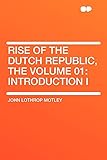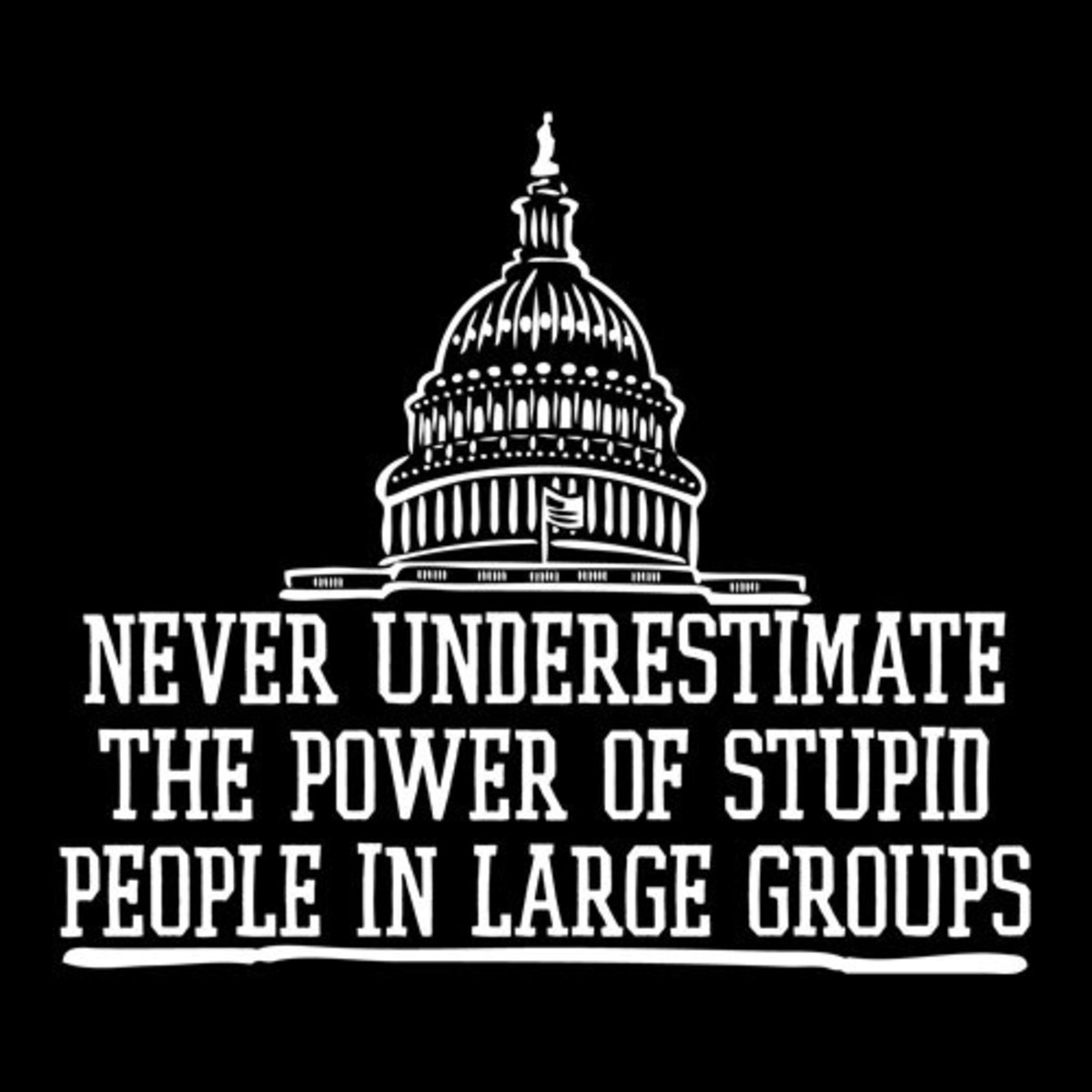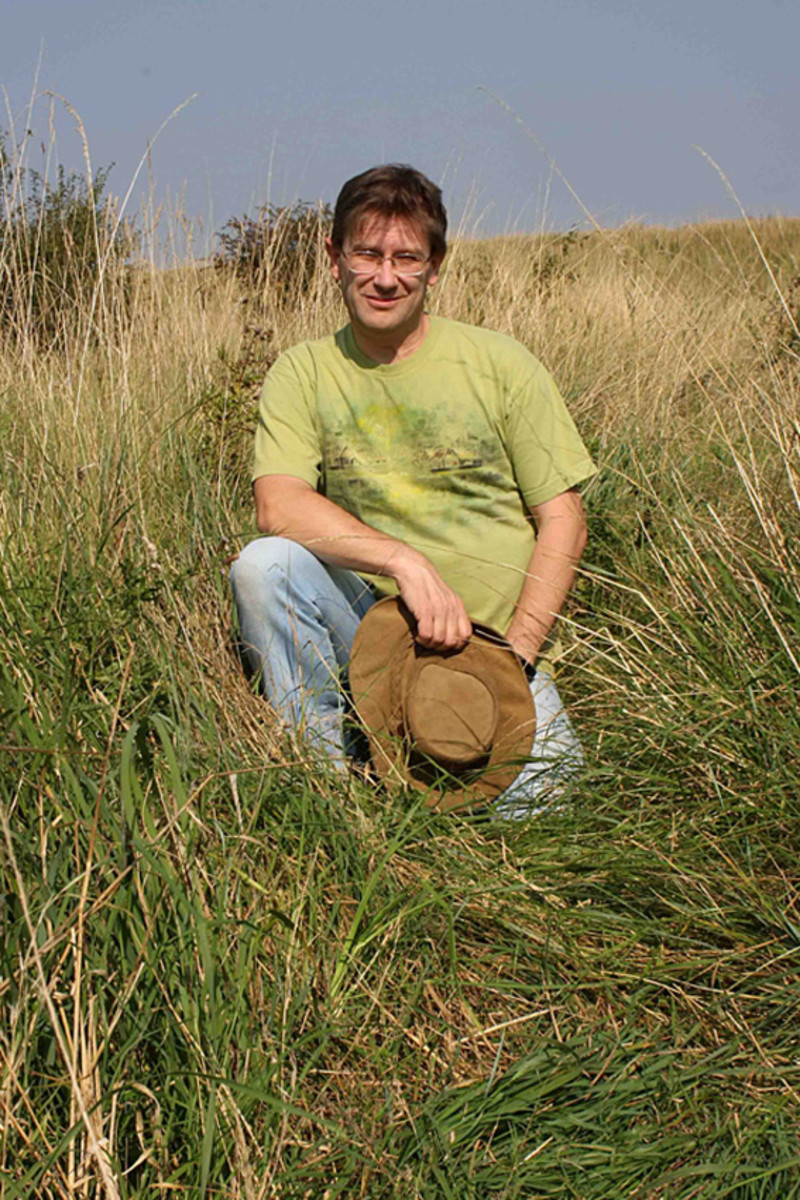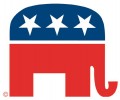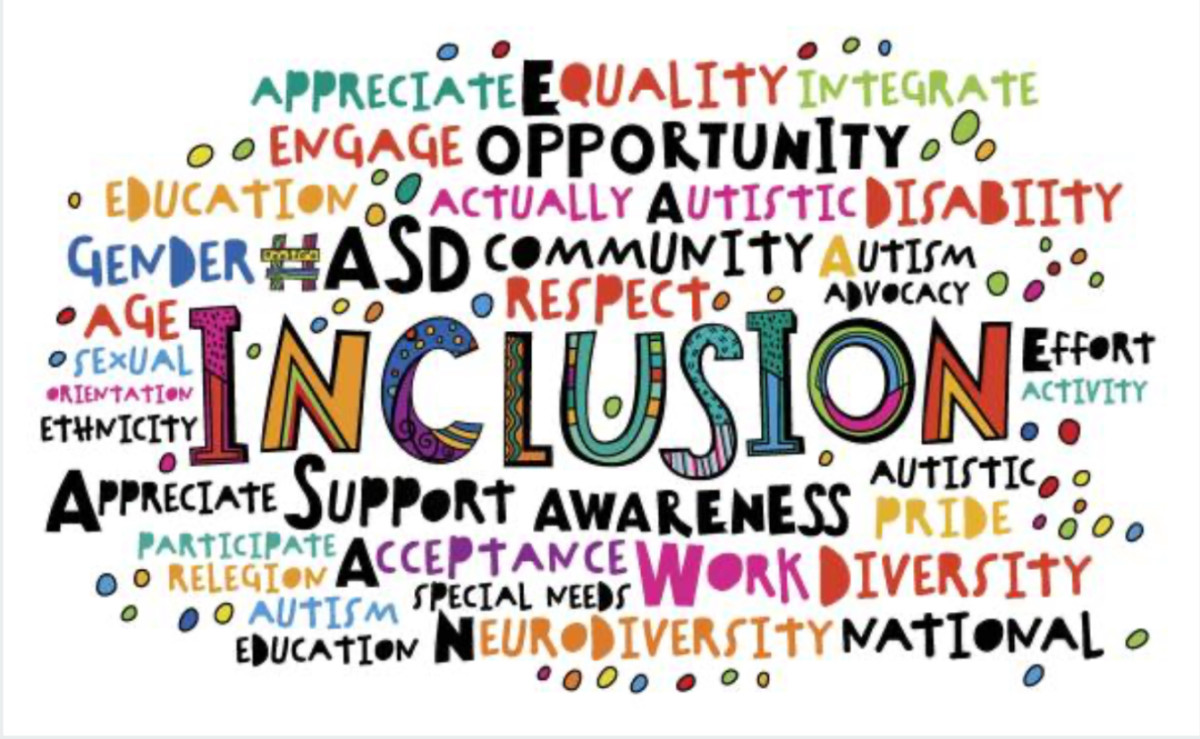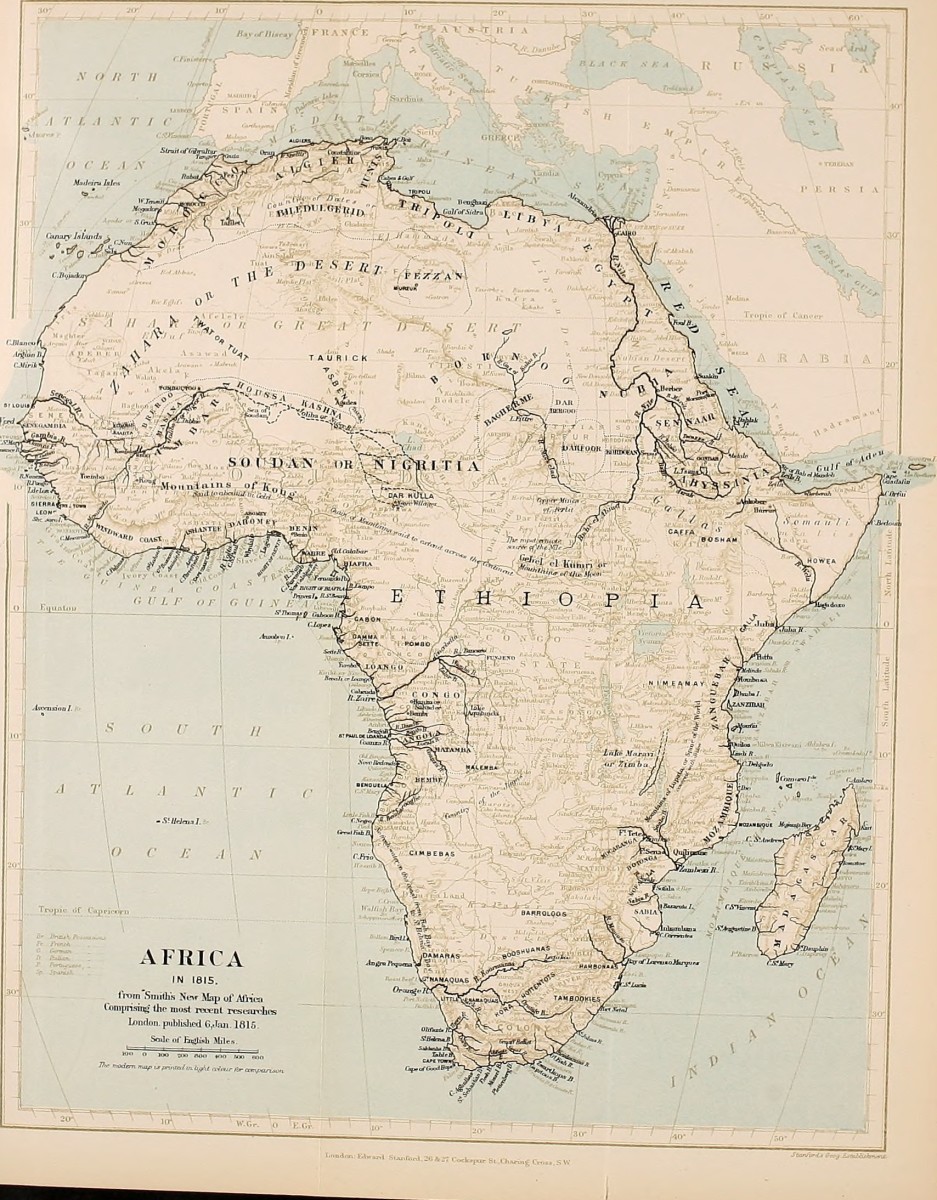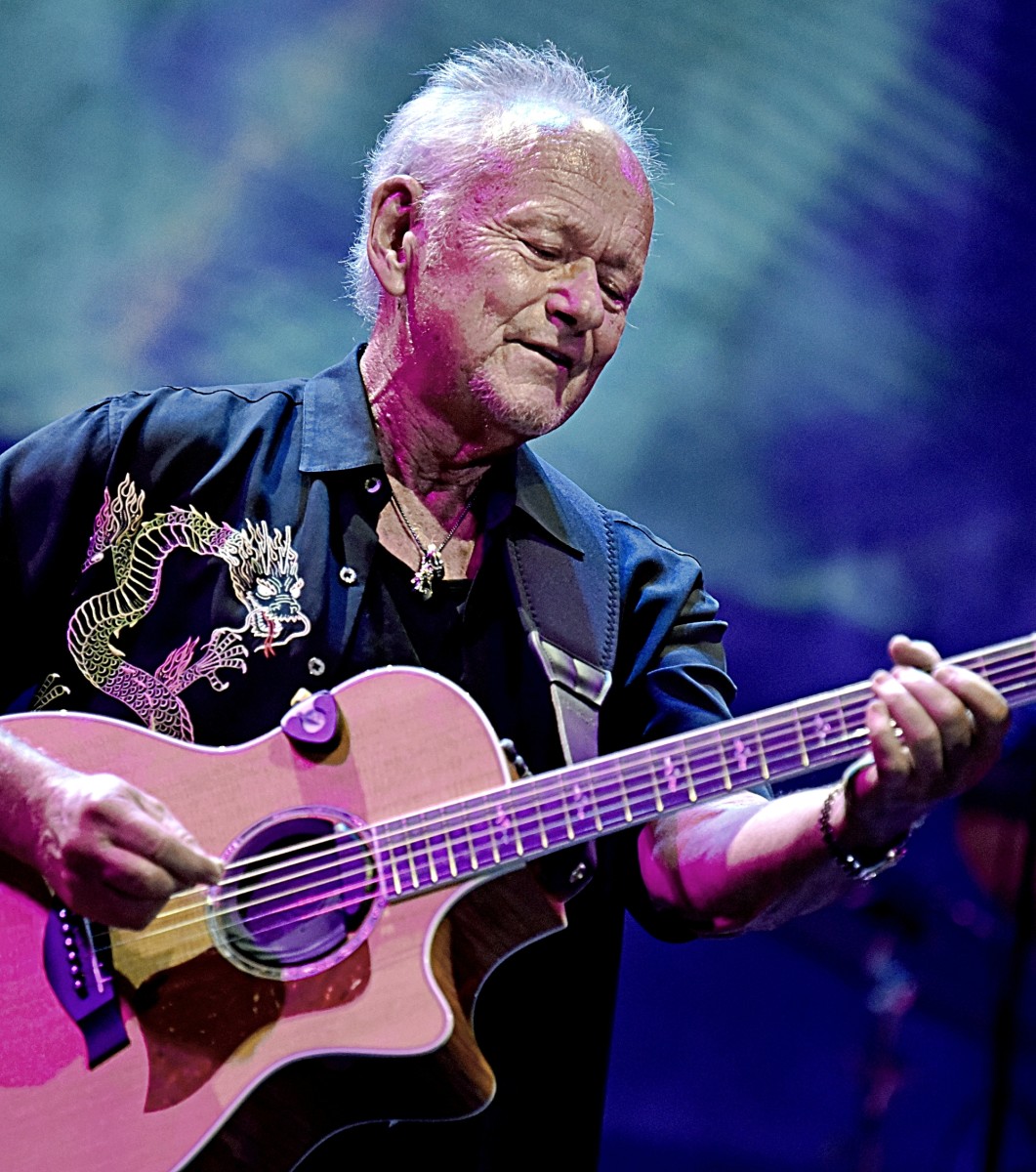The Dutch political system
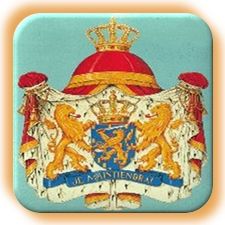
A Royal Democracy
Although the Netherlands is a democratic kingdom, its political system is rather simple compared to that of other countries that have a democratic political system. As the system in the Netherlands is democratic it has voters and politicians that get voted into office. But compared to the political system of the United States with its two party system the Dutch system with over 40 parties seems complex. Another difference between the US and the Dutch system is that we vote only for three layers of government control. Although I should say with the start of the European parliament we now vote for four levels of government control.
But let me first get the model of the Dutch political system out of the way, before I go into certain intricacies.
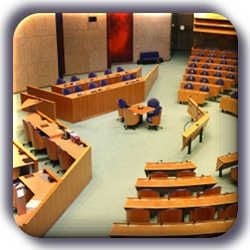
A model of the Dutch political system
Not that difficult or different
The Dutch political model is comparable to many other countries. We have local councils called municipal councils. We have provincial states. And we have the States General, which can be compared to The United States Congress. The States General, or Staten Generaal as its Dutch name is, of the Netherlands also has a bicameral structure like Senate and house of Representatives.
Since the Netherlands are part of the treaty organization the European Union now a days there is a fourth layer in the model: the European Parliament. So the Dutch voter gets to vote four times in four years if everything goes to plan. Once a year for every layer of controlling council.
But here comes the difference between the Dutch political model and that of many other countries with a president as head of the state. Our government is directly connected to the second chamber of the General States. The government is formed by the parties that have a majority in the second chamber of the States General. So if the representatives in the second chamber decide the government is doing a bad job and send it home, they also send themselves home. Which means that the Dutch voter has to go out to vote. For example the Dutch should only have voted three times the last twelve years for the second chamber. In reality the Dutch have voted four times for the second chamber of General States and the fifth is on its way.
Another strange thing in the Dutch system is that the first chamber of the General States is chosen indirectly. The members of the first chamber are chosen by the members of the eleven provincial chambers. It is as if the congresses of the US states vote for the members of the Senate.
. - The model of the Dutch system
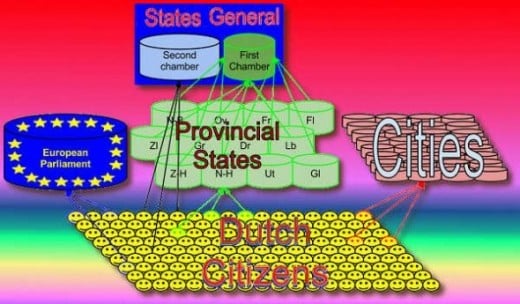
There are four separate levels of government for which the Dutch vote.
The model shows the Dutch citizens and the four levels for which they can vote:
- European parliament
- The second or lower chamber of the States General
- The provincial states
- Municipal or city councils
The Senate or first chamber as it also is called in Dutch, is voted for by the provincial states.
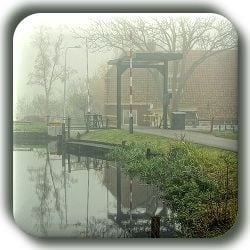
. .
A little more
So the Dutch have five parliaments, but only vote directly for four. The fifth is chosen by the representatives chosen into the provincial parliaments.
A sixth council
Then there is a sixth council Dutch voters get to vote for, but most Dutch do not find it a very interesting one, namely the parliament for the water councils. The water councils are important as there job is to keep the Dutch feet dry, but because they have done their work so well for most of their existence, most Dutch are not very interested. Another reason is off course that the watercouncil is a one trick pony it is all about keeping our feet dry.
Public positions
All other public positions that are voted for in the USA, for example the mayor of a city or a judge or the sheriff or the district attorney, are civil servant positions in the Netherlands. So the Dutch have a rather large group of civil servants, all servants of the crown.
Dutch influences
Comparable system
Less elections
So the Dutch have a democratic political system that is comparable to other democratic systems. We have less elections that is true, as we do not choose public positions with a political function. The Dutch only choose representatives that control those who govern. After which those representatives choose among themselves persons to become part of the government. (In the model below this is shown by the arrows that run from the Second chamber, the provincial states and the municipal council to the Government in the blue triangle, the provincial government in the green triangle and the red triangle with municipality.)
So the Dutch government on all three of its layers has a political layer and a civil servant layer. In which the political layer takes the decisions and the civil servants prepare and execute the decisions.
The political layers are evaluated by the General States, the provincial states and the municipal council.
. . . - What does it look like the Dutch political government model
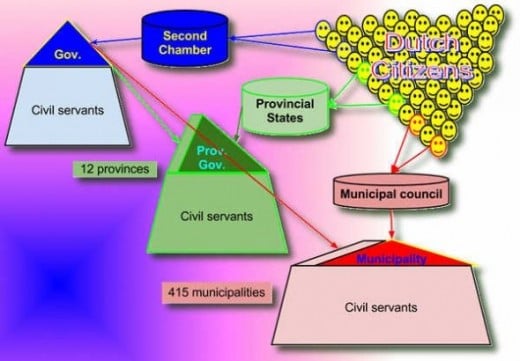
However the heads of the province (Commissionar of the queen) and the municipality (mayor) are not chosen but appointed by the Dutch crown. Which in current times means that they are appointed by the Dutch government. (In the above picture that is shown by the two arrows running from the blue triangle to the narrow green and pink bar at the provincial and municipal level.)
Although now a days the provincial states and municipal council can give their opinion over the civil servant to be appointed or give a short list of civil servants they think should be appointed. Some municipalities have even dabbled with electing the mayor. So, with exception of the political heads of the many departments on the country level, the civil servant that is the head of the civil servants also heads the council of deputies on provincial and municipal level.
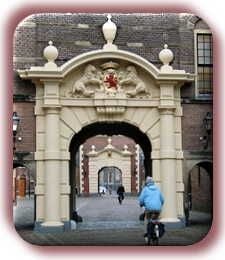
Some history
for the Dutch model
So lets see where the Dutch system got that weird name for the house of representatives and senate. Although the United Kingdom has a comparable strange name for its two houses of parliament: house of commons and house of lords.
The name of De Staten General (The States General) is derived from the second meaning of general as used in word combinations as general store and general direction. So the states general is the coming together in a complete setting of all members of an advisory council. So general in this combination means not specific or not special.
The first
The first time the general states were convened was in 1464 by king Philip the Good. This first time it was no more than an advisory council to the king.
The Dutch
The first time the Dutch as a country convene a states general is in 1579 when seven Dutch provinces unite themselves under the Union of Utrecht and become the Republic of the United Provinces. These seven provinces unite to fight the Spanish king, who holds the sovereign rights over the seven provinces in the Netherlands. After some eighty years of war this republic is recognized as an independent state within Europe with the peace treaty of Münster in 1648.
The seven provinces have their own ruling councils that are called states. The members of the states are members of the city councils and most of them are rich city dwellers and are called regents. So the states general is filled with regents from the city councils.
This system where the Dutch cities rule the Republic of the United Provinces comes to an end with the French occupying the Netherlands in 1795 and the start of the Batavian Republic. After the French occupation is ended the Dutch kingdom is created with the current system of a States General with two chambers.
The second chambers history - For those of us who can read Dutch
- The lower chamber until the 1795
A small history of the Dutch parliament from 1464 up to 1795. (In Dutch) - A summary of the Dutch link in English
A very short piece about the history of the lower chamber of the Dutch parliament up to 1848.
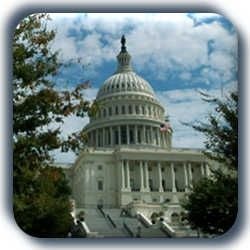
Some things are different
while others are the same
So the Dutch get to vote almost every year but for different levels of government. Although some years we get to vote more then once. For example when a governmental tenure ends prematurely or when we have to vote for the European parliament which is on a five year election rotation.
This is different from the system in the United States in which the representatives to the house get elected every two years. While the senators are on a six year membership and every three years half of the senate is elected. Next to that Americans get to vote every four years for the president. So that is four times for the county level every four years. If you look at the separate states, with a governor and a lower house and a senate that is another three times. Then the state gets divided into counties and counties are divided into townships which makes two times. So if you start counting how often an American votes the count is at least two times every year. But that is when you do not count all the elections for public functions which in Europe often are civil servants. So an American citizen can elect his sheriff, judges, educational board members, state or district attorneys and more in the US. If you count all these elections you expect an American citizen to vote at least two times every year, but probably more often than that.
The better system - or not
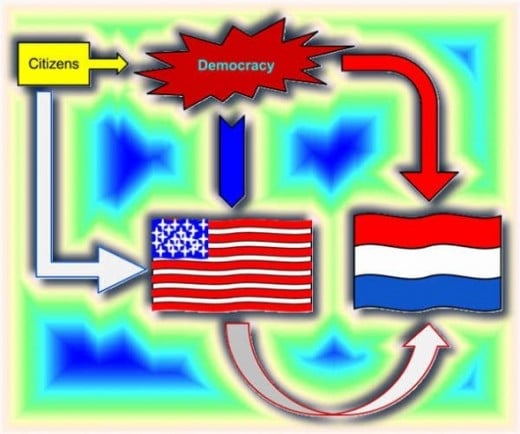
Which system is better is hard to say, as the quality of politics often has to do more with the quality of the politician as a human being than with the system used to elect them. What you can say is that a system that asks people to vote more often gives its citizens more power over their government. So elected officials will think longer and harder about how they can please their citizens. But they will also need to work harder to convince voters to vote for them. Another advantage of so many elected positions is that politicians get more experience with elections and politics. In the Netherlands a politician can practice at the municipal and the provincial level before he or she goes on to the country level. In the US a politician can start small and work his way up to president and all in public elections. So you get a lot more practice with politics in public.
You might conclude that the American system is better as it involves citizens in all levels of governing so they have to vote often and still come out to vote. But if you look at the numbers it turns out that the voters in the United States have a little more trouble finding the voting booth then those in the Netherlands. The average percentage of US voters in the years from 1960 to 1995 is 48%, where the Dutch reach a percentage of 83% over the period 1968 to 1995. For more see this page on Wikipedia on voter turnout.
But is voter turnout a good measure to evaluate a democratic system.
Which model is better - The Dutch or the American
Or should we just agree to disagree about how democracy should be organized, and be glad that more and more countries are giving the power of the people to the people.
Is the democratic model of the USA better or the Dutch model.
Maybe you can add some more information about other democratic models world wide, in comparison to the Dutch and American model.


